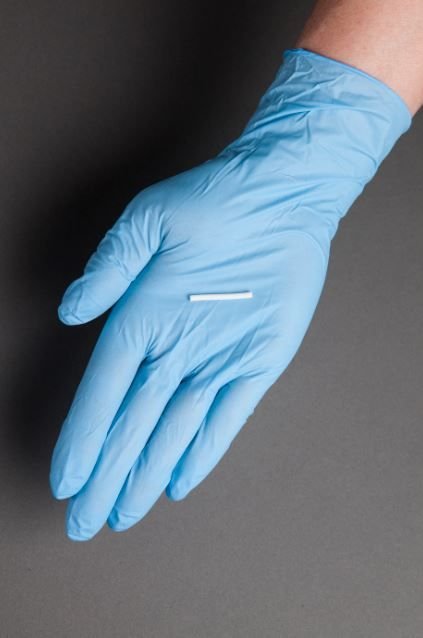Introduction: Despite being the most popular route of administration, the delivery of drugs via the oral route is undoubtedly not as effective as that by novel drug delivery systems. One such system that minimizes the potential of side effects while simultaneously ensuring the targeted delivery of drugs is the “Implantable Drug Delivery System”

This route of Implantable Drug Delivery System refers to using implantable drug pumps to supply medications regularly over time. These implants are placed inconspicuously under the skin and can be made of biodegradable or non – biodegradable polymers. They are specifically designed to transmit drugs or fluids into the systemic circulation without the repeated insertion of needles.
Advantages of implantable drug delivery systems :
- An effective concentration of the drug can be maintained in the blood for prolonged periods.
- Lower occurrence of infection-associated problems when compared to delivery of drugs by catheter-based infusion systems.
- Drugs can be distributed both locally and systemically with minimal side effects.
- First – pass metabolism is circumvented and patient–involved dosing compliance is increased greatly.

- This route can deliver drugs that are unsuitable for oral administration.
- Chemical degradation of the drug in the stomach and intestine is avoided; hence, the drug’s bioavailability is improved.
- Implantable Drug Delivery System: The possibility of early removal of the implant paves the way for the termination of the treatment as soon as the adverse effects manifest. This is often done when the side effects hinder the patient’s daily life.
- Insertion of the device is a relatively less invasive process.
- Lower concentrations of the drug can be used to achieve the therapeutic effect.
Disadvantages:

- A minor or major surgical procedure is needed to insert the drug implant and initiate therapy. This requires the assistance of surgical personnel and is a time–consuming process.
- A scar may be formed at the implantation site, and patients may suffer from surgery–related complications.
- Some patients may feel uncomfortable wearing the drug implants.
- There is a danger of device failure, which requires additional surgical procedures to correct.
- The implant’s limited loading capacity makes it suitable for the use of potent medicines and hormones only.
- Non – biodegradable implants and osmotic pumps must be surgically removed after the treatment period, while biodegradable implants may fail to provide accurate dose delivery at the end of their lifetime.
- Issues of biocompatibility between the patient and device are likely.
Refer other drug release system:
- Implants and Osmotic pumps: Types and Uses
- Polymers Applications in controlled release of Medicines
- Transdermal Drug Delivery Systems
- FDA approves first buprenorphine implant for opioid dependence
- Contraceptive implant linked to repeat abortion
- Dexamethasone intravitreal implant recommended for diabetic macular edema


Pingback: Implants and Osmotic pumps: Types and Uses > PharmaCampus